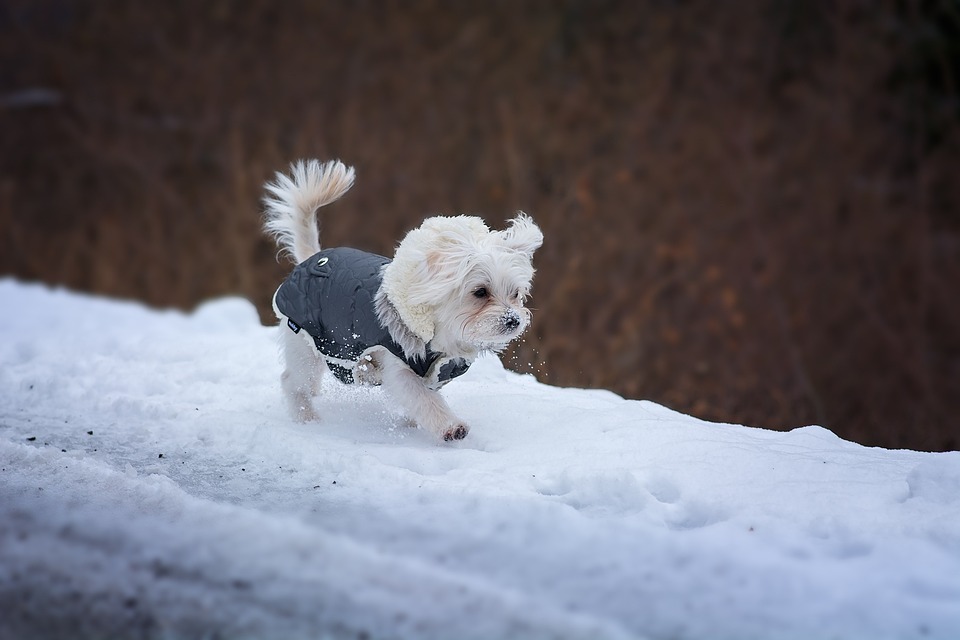Dogs can experience anxiety for various reasons, such as separation from their owners, loud noises, or unfamiliar environments. Anxiety not only negatively affects their mental state but can also lead to physical health issues. Therefore, it is crucial for pet owners to address this issue and find effective methods to alleviate their furry friend’s anxiety.
While there are several approaches to managing anxiety in dogs, one method that is often overlooked is the use of massage and gentle touch. Just like humans, dogs can benefit greatly from the power of touch. In fact, studies have shown that massage therapy can reduce anxiety and stress levels in dogs, leading to improved emotional well-being.
Understanding Anxiety in Dogs
Before delving into the benefits of massage and gentle touch, it is essential to understand the different types of anxiety that dogs can experience. Separation anxiety, noise phobia, and social anxiety are among the most common forms of anxiety in dogs. Signs of anxiety may include excessive barking, destructive behavior, restlessness, excessive panting, and trembling. If left untreated, anxiety can lead to various health issues such as weakened immune function, digestive problems, and even aggression.
The Role of Massage and Gentle Touch in Reducing Anxiety
Massage and gentle touch have been proven to promote relaxation and stress reduction in dogs. Just as a massage can help humans relax and unwind, it can have the same effect on our four-legged friends. The physical contact provided by massage stimulates the release of endorphins and oxytocin, which are known as “feel-good” hormones. These hormones help dogs feel calm, reduce anxiety, and improve their overall mood.
Additionally, massage and gentle touch sessions provide an opportunity for bonding and strengthening the human-dog relationship. Dogs are highly social animals and thrive on physical affection from their owners. By incorporating regular massage into their routine, you can deepen the emotional connection with your dog and create a sense of security and trust.
Techniques for Implementing Massage and Gentle Touch
To effectively reduce anxiety in dogs, it is important to implement proper massage techniques. Before starting a massage session, create a calm environment by dimming lights or playing soft music. This will help create a soothing atmosphere for your dog. Begin by preparing yourself and your dog for the session, ensuring both of you are relaxed and comfortable.
During the massage, use gentle strokes and apply slight pressure to specific areas of your dog’s body. Effleurage strokes involve using long, sweeping motions to warm up the muscles. Petrissage techniques involve kneading and squeezing the muscles gently. Passive stretching exercises can help release tension in the muscles, and targeted acupressure points can provide additional relaxation.
Additional Tips for Anxiety Relief
In addition to massage and gentle touch, there are other methods that can further alleviate anxiety in dogs. Aromatherapy and essential oils can be used to create a calming environment. Lavender and chamomile are known for their soothing properties and can be diffused or applied topically (with caution) to help relax your dog.
Calming music or white noise can also be beneficial in reducing anxiety. Playing soft, classical music or nature sounds can drown out loud noises and create a sense of tranquility for your dog. Providing a safe and comfortable retreat space, such as a crate or a cozy corner with their favorite blanket, can also help your dog feel secure during times of stress.
Frequently Asked Questions (FAQs)
1. Can massage and gentle touch be used for all dogs?
Yes, massage and gentle touch can be used for dogs of all ages and breeds. However, it is important to be aware of any specific medical conditions or sensitivities your dog may have and adjust the massage technique accordingly.
2. How often should I perform massage sessions?
The frequency of massage sessions will depend on your dog’s individual needs and preferences. Starting with a few short sessions per week and gradually increasing the duration and frequency can be a good approach.
3. Are there any situations where massage should be avoided?
Yes, there are certain situations where massage should be avoided. If your dog has an injury or inflammation, it is best to consult with a veterinarian before performing any massage techniques. Additionally, if your dog shows signs of discomfort or resistance during a massage, it is important to respect their boundaries and seek guidance from a professional.
4. Can I use massage to alleviate separation anxiety in my dog?
Yes, massage can be beneficial in alleviating separation anxiety. By incorporating regular massage sessions, you can provide comfort and reassurance to your dog, helping them feel more secure and relaxed when you are not around.
5. Is it necessary to seek the assistance of a professional for dog massage?
While it is not necessary to seek the assistance of a professional, especially for basic massage techniques, consulting with a professional can be beneficial, especially if your dog has specific medical conditions or if you are unsure about the proper technique. A professional can provide guidance and ensure that you are performing the massage correctly and safely.
Conclusion
Massage and gentle touch are powerful tools in reducing anxiety in dogs. By incorporating these techniques into your dog’s routine, you can provide them with a sense of relaxation, promote the release of calming hormones, and strengthen the bond between you and your furry friend. Remember to be patient and observant, allowing your dog to guide you during the massage session. Seek professional guidance if necessary, and enjoy the positive impact that massage and gentle touch can have on your dog’s physical and emotional well-being.









